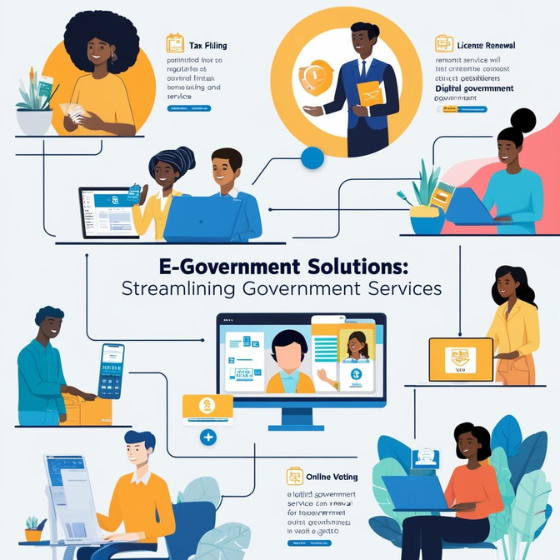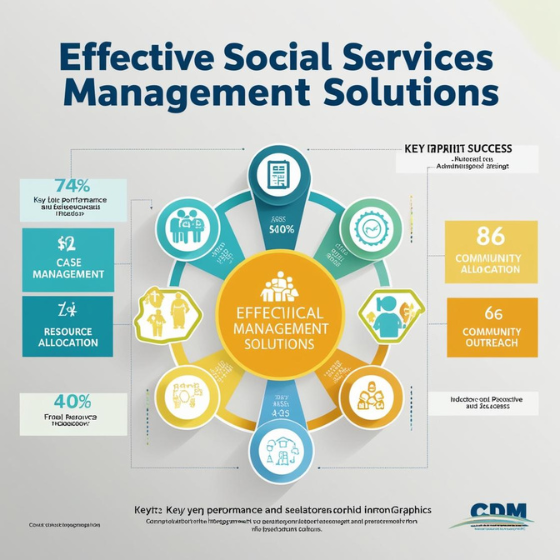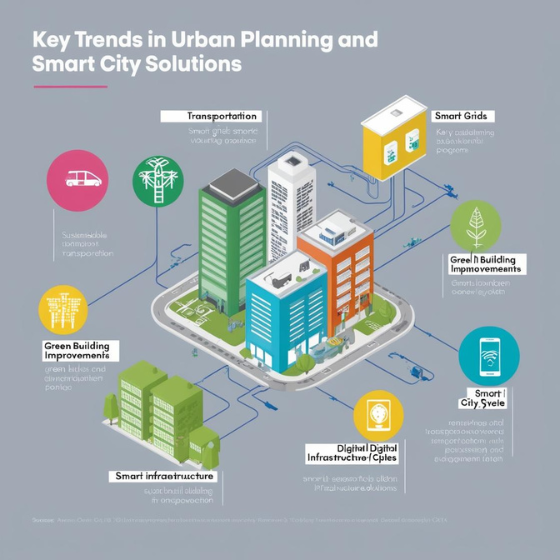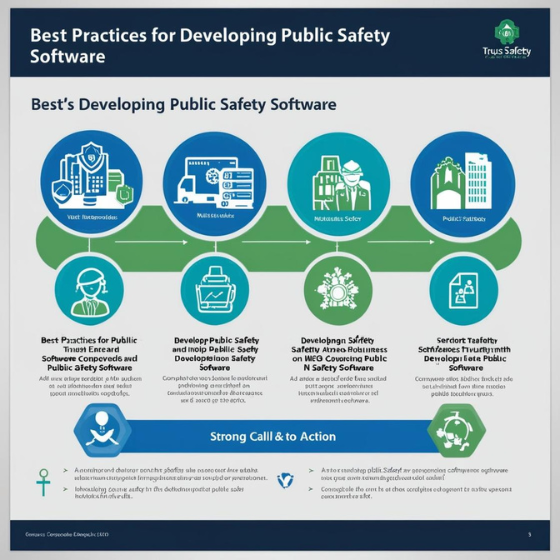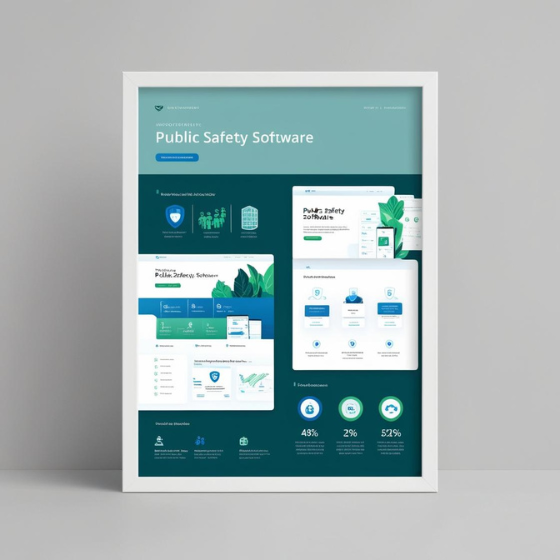E-Government Solutions: Streamlining Government Services
In today’s fast-paced digital world, citizens demand efficiency, transparency, and accessibility in public services. Enter e-government solutions—a transformative approach that leverages technology to modernize government operations, enhance service delivery, and foster trust. By streamlining processes and integrating innovative tools, e-government solutions are redefining how governments interact with citizens and businesses.
In this blog, we’ll explore the concept of e-government solutions, their benefits, and real-world applications that demonstrate their impact on governance.
What Are E-Government Solutions?
E-government solutions refer to digital tools and systems that help governments manage processes, deliver services, and communicate with stakeholders more effectively. These solutions harness technology like cloud computing, artificial intelligence (AI), and blockchain to simplify workflows, reduce costs, and enhance transparency.
Key Components of E-Government Solutions
- Online Portals: Platforms where citizens can access services like paying taxes, applying for permits, or submitting complaints.
- Data Analytics: Tools that enable data-driven decision-making by analyzing patterns in citizen engagement and service delivery.
- Mobile Applications: Apps designed for on-the-go access to government services and real-time updates.
- Digital Identity Systems: Secure identification methods, such as biometric authentication, for accessing e-services.
- Interconnected Systems: Seamless communication between different government departments to improve efficiency.
Benefits of E-Government Solutions
Adopting e-government solutions offers a host of advantages for both governments and citizens.
1. Improved Efficiency
Digitizing processes eliminates paperwork and manual errors, leading to faster service delivery. For example, applying for a passport online takes less time than traditional methods.
2. Enhanced Transparency
E-government platforms provide open access to information, enabling citizens to track projects, budgets, and policies. This transparency builds trust and reduces corruption.
3. Cost Reduction
Automation and digitization reduce administrative costs by minimizing the need for physical infrastructure and manpower.
4. Greater Accessibility
E-government ensures inclusivity by offering services through multiple channels, including web portals, mobile apps, and kiosks. Citizens in remote areas can access essential services without traveling.
5. Data-Driven Decision-Making
With advanced analytics, governments can identify trends, measure the success of initiatives, and optimize resource allocation.
Real-World Applications of E-Government Solutions
To understand the impact of e-government solutions, let’s examine some real-world success stories.
1. Estonia: A Global Leader in E-Governance
Estonia’s e-residency program allows individuals worldwide to become digital residents, access services, and start businesses remotely. The country’s e-government initiatives have saved millions of work hours annually.
2. India’s Digital India Campaign
India’s Digital India program leverages technology to provide services like Aadhaar (digital ID), DigiLocker (cloud-based document storage), and online tax filing, empowering millions of citizens.
3. Singapore’s Smart Nation Initiative
Singapore has implemented smart e-government systems, including automated public housing applications and AI-driven public safety systems, to improve citizen satisfaction.
4. United States: IRS Online Services
The U.S. Internal Revenue Service (IRS) offers an online tax filing system that streamlines the process, reducing errors and ensuring timely refunds.
How E-Government Solutions Streamline Services
E-government solutions simplify complex workflows, ensuring seamless interaction between governments and citizens.
1. Automation of Administrative Tasks
Tasks like renewing licenses, paying bills, or applying for permits are automated, reducing wait times and increasing convenience.
2. Centralized Data Management
A centralized database ensures that government departments share information, reducing redundancy and improving coordination.
3. Self-Service Portals
Citizens can access services independently, such as updating personal details or downloading certificates, without visiting government offices.
4. AI-Powered Chatbots
Chatbots provide instant support, answering queries and guiding users through processes 24/7.
5. Blockchain for Security and Transparency
Blockchain ensures tamper-proof records of transactions, such as land registrations or contract agreements, enhancing trust.
Challenges and Solutions
While e-government solutions offer numerous benefits, their implementation comes with challenges.
1. Digital Divide
Not all citizens have access to the internet or digital devices.
Solution: Invest in public Wi-Fi networks, community centers, and mobile-friendly platforms.
2. Cybersecurity Risks
Digital systems are vulnerable to breaches and data theft.
Solution: Implement robust security measures, including encryption, firewalls, and regular audits.
3. Resistance to Change
Both citizens and government employees may resist adopting new systems.
Solution: Conduct awareness campaigns and provide training programs to ease the transition.
The Future of E-Government Solutions
The future of e-government lies in integrating emerging technologies to enhance personalization, security, and efficiency.
Trends to Watch:
- AI and Machine Learning: Predictive analytics for better resource allocation.
- 5G Connectivity: Faster and more reliable internet for real-time updates.
- Smart Cities Integration: E-government solutions will connect with smart city systems for unified governance.
Why Choose Sodio for E-Government Solutions?
At Sodio, we specialize in creating innovative e-government solutions tailored to your unique needs.
Our Expertise:
- Custom Development: Solutions designed to meet specific administrative challenges.
- Advanced Security: State-of-the-art encryption and compliance with global standards.
- Scalable Platforms: Systems that grow with your needs.
- User-Centric Design: Ensuring accessibility and usability for all citizens.
Conclusion
E-government solutions are the future of governance, bridging the gap between citizens and administrations through technology. By streamlining processes, enhancing transparency, and improving accessibility, these solutions foster trust and empower citizens.
Ready to transform your government services? Contact Sodio today and let us build an e-government platform that delivers efficiency, transparency, and innovation.
